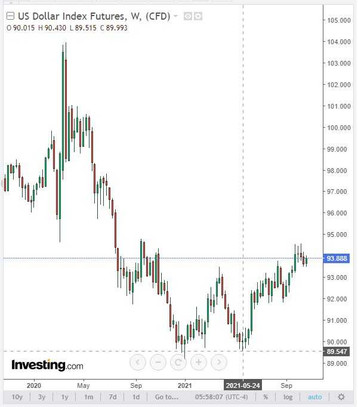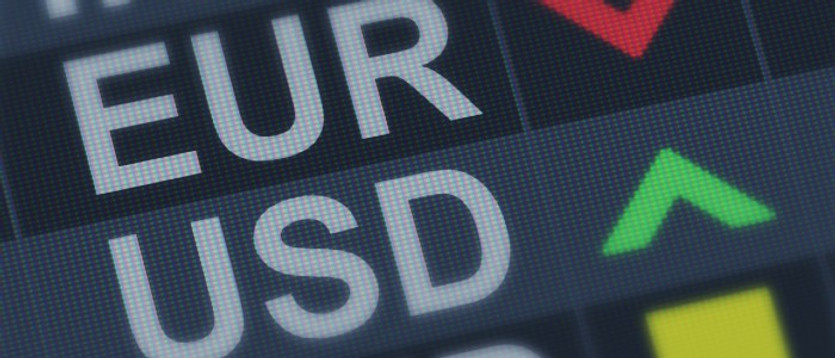During today's meeting, the Bank of Japan left its key interest rate at -0.1%, and the target level of yield on 10-year government bonds - near zero.
At the same time, the Bank of Japan lowered its forecast for GDP growth, taking into account that supply chain problems are putting pressure on exports and production. The bank also said that it does not expect significant inflation in the country, and its head Haruhiko Kuroda said that the recent weakness of the yen is not even bad for the economy.
The Bank of Canada, whose meeting ended on Wednesday, also left its key interest rate unchanged at 0.25%, as expected. According to the central bank's forecast, the key interest rate will remain at this level until the 2nd or 3rd quarter of 2022, although it was previously assumed that the rate change would occur somewhat later.
At the same time, the Bank of Canada was still able to present a surprise to market participants. "In light of the progress made by the economy, the governing board has decided to complete quantitative easing and keep the volume of government bonds held by the central bank at a constant level", the central bank said in a statement on Wednesday.
Now the attention of market participants is switched to the ECB meeting, which will end today with the publication (at 11:45 GMT) of the decision on interest rates (the ECB press conference will start at 13:30). It is widely expected that following this ECB meeting, the key interest rate will remain unchanged at 0%. The ECB's rate on deposits for commercial banks is also likely to remain at -0.5%.
After Brexit, trade conflicts, factors of political instability in Europe, as well as the growing coronavirus pandemic, due to which European countries are forced to introduce new quarantine restrictions that negatively affect economic activity, are the main threats to the European economy.
Economists also expect that following today's meeting, the ECB will make a neutral statement on the prospects for monetary policy, despite the fact that inflation in the Eurozone is holding at a 13-year high (consumer prices in the Eurozone rose 3.4% y/y in September. For comparison, in the USA they increased by 5.4%). ECB President Christine Lagarde and most other central bank officials see increased inflation as temporary. Central bank leaders are expected to be cautious, signaling a tendency towards soft policy, and fall short of market expectations of a stimulus cut. This will put pressure on the euro, but only slightly, as it was after the previous decisions on monetary policy, to which the euro has hardly reacted, since significant changes in the ECB's policy are not expected in the near future.
The only thing the ECB can decide on for now is to gradually abandon the asset purchase program (PEPP) to counter growing inflation (currently, the ECB purchases amount to 90 billion euros, with about 70 billion euros being spent under the PEPP program and 20 billion euros - under the traditional asset purchase program). However, the likelihood of a change in the interest rate towards its increase is small. Economists believe that the ECB will be one of the last of the world's largest central banks to take this step. And this will put pressure on the euro quotes, including paired with the US dollar, which has maintained positive dynamics since June this year in anticipation of the Fed's decisions aimed at gradually curtailing the stimulating asset purchase program.
As of this writing, DXY futures are traded near 93.89, 42 points above the local low of 93.47 reached late last week.

The US dollar is also gaining support, remaining a defensive asset amid the continuing rise in COVID-19 infections.
Market participants following the dynamics of the dollar will pay attention today to the publication (at 12:30 GMT) of weekly data from the US labor market and preliminary estimate of the US annual GDP for the 3rd quarter.
GDP data is one of the key (along with data on the labor market and inflation) for the Fed in terms of its monetary policy. In the previous 2nd quarter, GDP grew by +6.7%, in the 1st quarter of 2021 - by +6.4%, after an increase of +33.4% in the 3rd quarter of 2020 and a fall of -31.4% in the 2nd quarter of 2020. The positive data on GDP will support the dollar and the American stock indices, although they are already mostly included in prices. First preliminary forecast for Q3 2021: +2.7%.
As for the weekly report of the US Department of Labor, which will also be published at 12:30, the number of initial jobless claims is expected to remain at 290,000.
Previous values of this indicator: 290 thousand, 329 thousand, 364 thousand, 351 thousand, 335 thousand. The number of applications remains at the lowest levels since the beginning of the pandemic (at least 293,000 applications were reached in the week of October 1-8). The data shows a gradual improvement in the US labor market, and this is a positive factor for the dollar.





